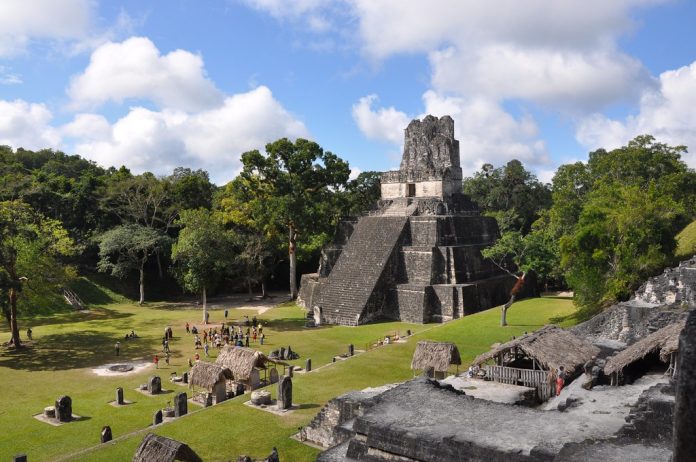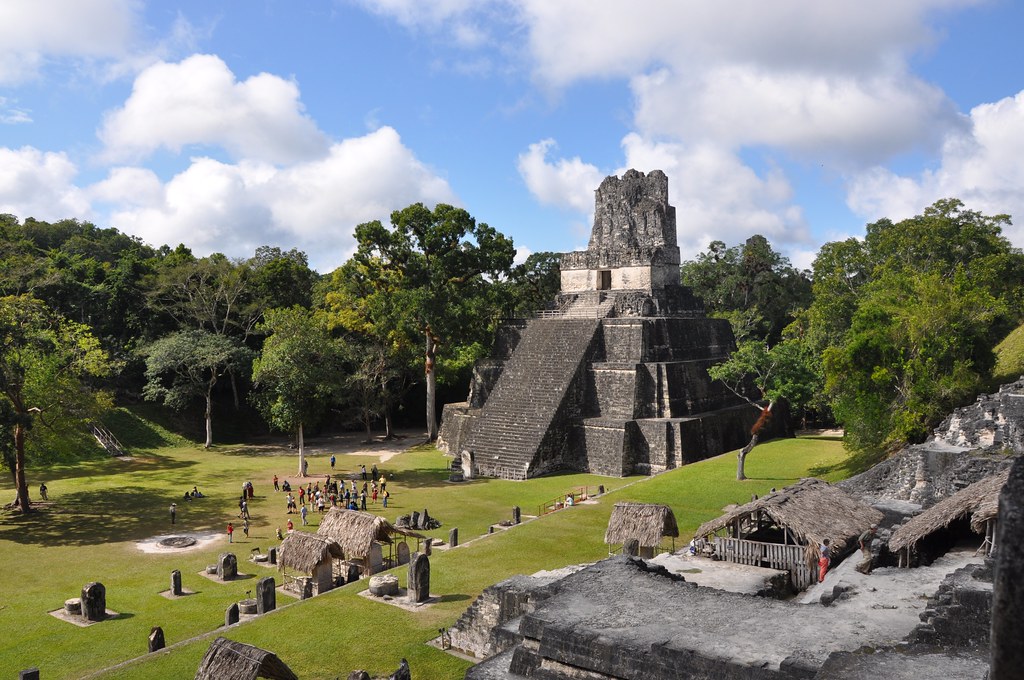
“The jungle, which has slowed us down in our discovery process for so many years, has really served as this wonderful preservative agent of the effect the culture had over the landscape,” said Thomas Garrison, speaking of the deep role nature has in concealing and preserving ancient treasures. In 2025, a group of archaeologists uncovered a vast Maya complex in Guatemala’s Petén region, concealed almost three millennia ago in dense rainforest. This finding encompassing the linked cities of Los Abuelos, Petnal, and Cambrayal provides a rare glimpse into the birth of Maya civilization, refuting decades-long beliefs regarding their primitive society, engineering, and religious life.
What is most remarkable about this discovery is not so much its age or magnitude, but the range of new information it contributes. From towering pyramids and complex canal networks to worship of ancestors and sophisticated water works, the amenities of the site shine a light on the genius and sophistication of the Preclassic Maya. Nine astounding revelations based on recent digs and advanced research here explain why this ancient urban triangle is redefining the narrative of the Maya.
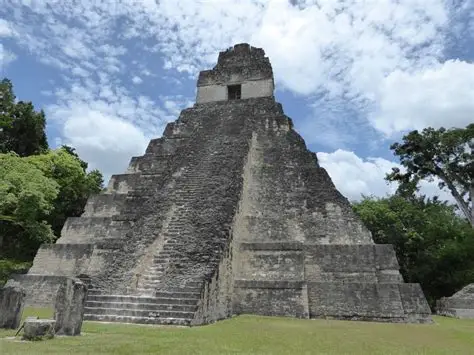
1. The Urban Triangle: Los Abuelos, Petnal, and Cambrayal
An ancient urban triangle including Los Abuelos, Petnal, and Cambrayal that spans six square miles of the Petén jungle was detected by archaeologists. Los Abuelos, the earliest, was occupied from the Middle Preclassic period (800–500 BCE) and named after two ancestral statues at the site that are thought to represent ancestor worship. Petnal boasts a 108-foot pyramid topped by colorful murals, and Cambrayal is noted for a palace featuring a complex, stucco-lined canal system. Guatemala’s Ministry of Culture says these cities are “a previously unknown urban triangle” that illuminates the interconnectedness and complexity of early Maya urbanism (ancient Maya city complex unearthed in Guatemala).
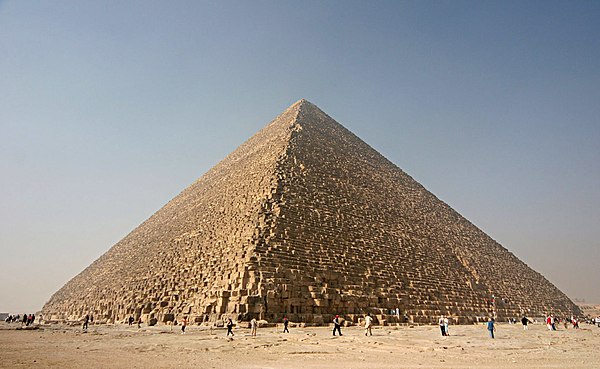
2. Monumental Pyramids and Ceremonial Centers
The pyramids discovered at Los Abuelos and Petnal are among the oldest and most magnificent of Mesoamerica. The preserved chambers and red, white, and black murals of the Los Abuelos pyramid speak to the early Maya architectural drive. The discovery of an “E-Group” a structure used for astronomical observation could be earlier than such buildings elsewhere, indicating that the Maya had a sophisticated comprehension of celestial rhythms. The ceremonial plazas and altars found in these sites further support the importance of ritual and cosmology in Maya urban design (a 3,000-year-old Maya urban center identified in Guatemala).
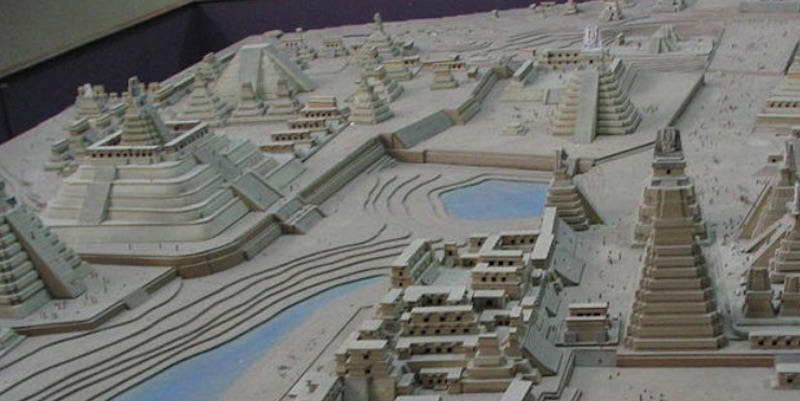
3. Sophisticated Water Management: Canals, Reservoirs, and Aqueducts
Arguably most impressive is the presence of sophisticated water management at Cambrayal, where a system of 57-meter-long stucco-lined canals connects a palace reservoir, perhaps for waste drainage or irrigation. This achievement is reminiscent of similar accomplishments at locations such as Tikal and Palenque, where Maya engineers built aqueducts, dams, and reservoirs to collect and store water for everyday and ceremonial purposes (ancient Maya reservoirs, constructed wetlands, and future water requirements). Subterranean aqueducts at Palenque, for instance, carried mountain springs under plazas, minimizing floods and optimizing living area (Palenque Aqueduct Systems). These systems not only provided for survival through drought seasons but also highlighted the Maya’s expertise in environmental adaptation.
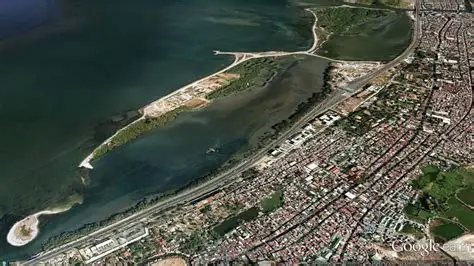
4. Constructed Wetlands and Clean Water Role
It has been suggested in recent studies that Maya reservoirs worked similarly to present-day constructed wetlands, with aquatic vegetation and microbial biofilms for cleaning water and keeping it drinkable (ancient Maya reservoirs, constructed wetlands, and future water needs). Water lilies, often found in Maya imagery, only grow in clear, unpolluted water and could have served to help keep the water clean. They and other aquatic plants lessened algal blooms and maintained a varied system of fish and invertebrates. The symbolic link between water lilies and kingship is one more example of how clean water was linked to political and religious power.
5. Ancestor Worship and Ritual Practice
Findings of two statues at Los Abuelos, an elderly couple alongside sanctuaries and ritual offerings, give strong support for the worship of early Maya ancestors. These activities, including human burials, altars, and ceremonial platforms, emphasize the religious importance of the site. Murals and stelae discovered in the pyramids illustrate scenes of ritual and worship, indicating that these urban centers were more than administrative or residential metropolises but also key nodes of religious existence (3,000-Year-Old Mayan Complex Uncovered in Guatemala).
6. Interconnected Urbanism and Trade Networks
LiDAR technology has uncovered that Maya cities were much more linked than was originally thought, with causeways, raised roads, and defensive constructions connecting settlements over enormous distances (Laser Scans Reveal 60,000 Hidden Maya Structures in Guatemala). The closeness of Los Abuelos, Petnal, and Cambrayal to Uaxactún and Tikal indicates the possibility of regional trade, communication, and joint ceremonial networks. Artefacts like jade pendants and obsidian knives unearthed at these locations indicate a wide network of exchange networks extending as far as the Guatemalan highlands and Caribbean seacoast.
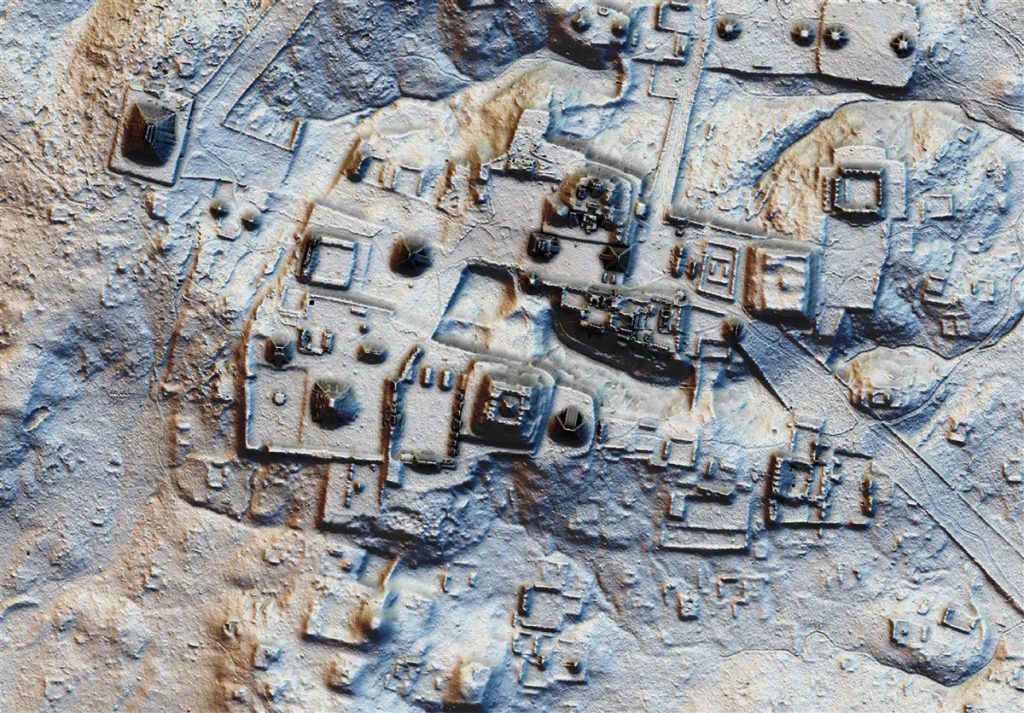
7. The Strength of LiDAR and Contemporary Archaeological Technology
The magnitude and precision of these finds are largely due to LiDAR (Light Detection and Ranging) technology, which enables scientists to digitally remove jungle canopy and chart ancient architecture with incredible accuracy. As Brown University’s Stephen Houston said, “I think this is one of the greatest advances in over 150 years of Maya archaeology” (Laser Scans Reveal 60,000 Hidden Maya Structures in Guatemala). LiDAR has not only uncovered the real scale of Maya urbanism but also allowed the detection of such subtle features as terraced fields, fortifications, and concealed reservoirs, radically transforming our vision of Maya society (LiDAR Reveals Hidden Maya Cities).
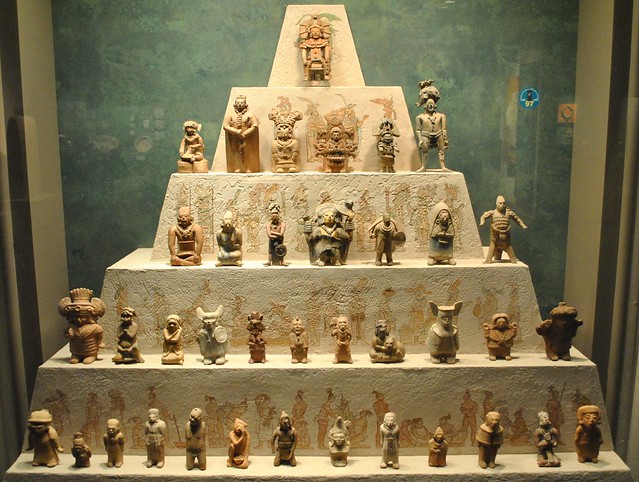
8. Urban Planning, Social Hierarchy, and Daily Life
Digging at these places has made well-planned residential areas, shared courtyards, and indications of robust family and communal ties come to light. The occurrence of humble houses alongside monumental structures suggests a stratified system, with powerful rulers and priests living in proximity to ceremonial complexes. Objects like cooking implements, personal adornments, and farming equipment suggest a rich tapestry of everyday life one that was both practical and expressive. The variety of burial goods, ranging from jade ornaments to ceramics, further attest to the multifaceted nature of Maya social structure.
9. Implications for Current Water Management and Sustainability
The Maya’s creative water management strategy mixing reservoirs, built wetlands, and thoughtful urban design has lasting lessons for current societies that struggle with water scarcity and climate uncertainty. As detailed in a current Proceedings of the National Academy of Sciences report, manmade wetlands based on Maya reservoirs can deliver clean water responsibly, sustaining both human and environmental well-being (future water needs, ancient Maya reservoirs, and constructed wetlands). The Maya story highlights the value of adaptive and varied strategies in creating resilient cities, a lesson as applicable today as it was three millennia ago.
The rediscovery of the Los Abuelos, Petnal, and Cambrayal complex is not just an archaeological victory; it is a strong reminder of the Maya’s lasting legacy of innovation, adaptability, and religious depth. As new technologies light up the forgotten landscapes of the past, each discovery not only adds depth to our knowledge of ancient civilizations but also provides inspiration for the challenges of today and tomorrow. The Maya, it would appear, still have many things to teach the world.
